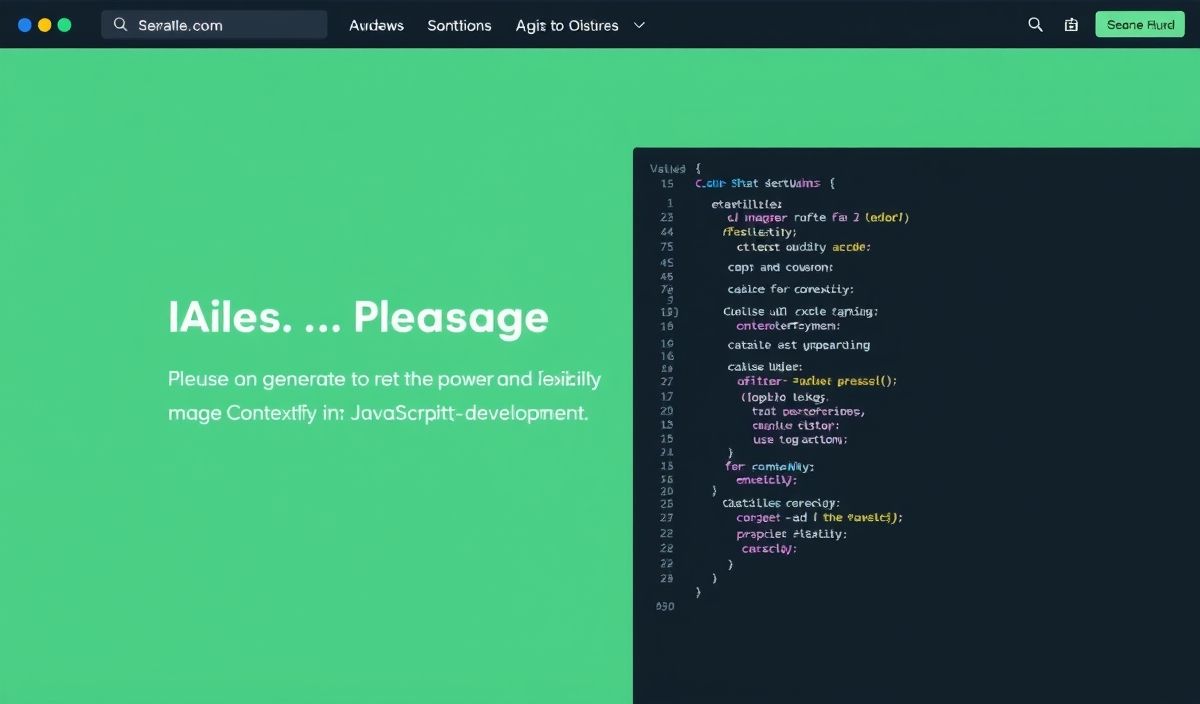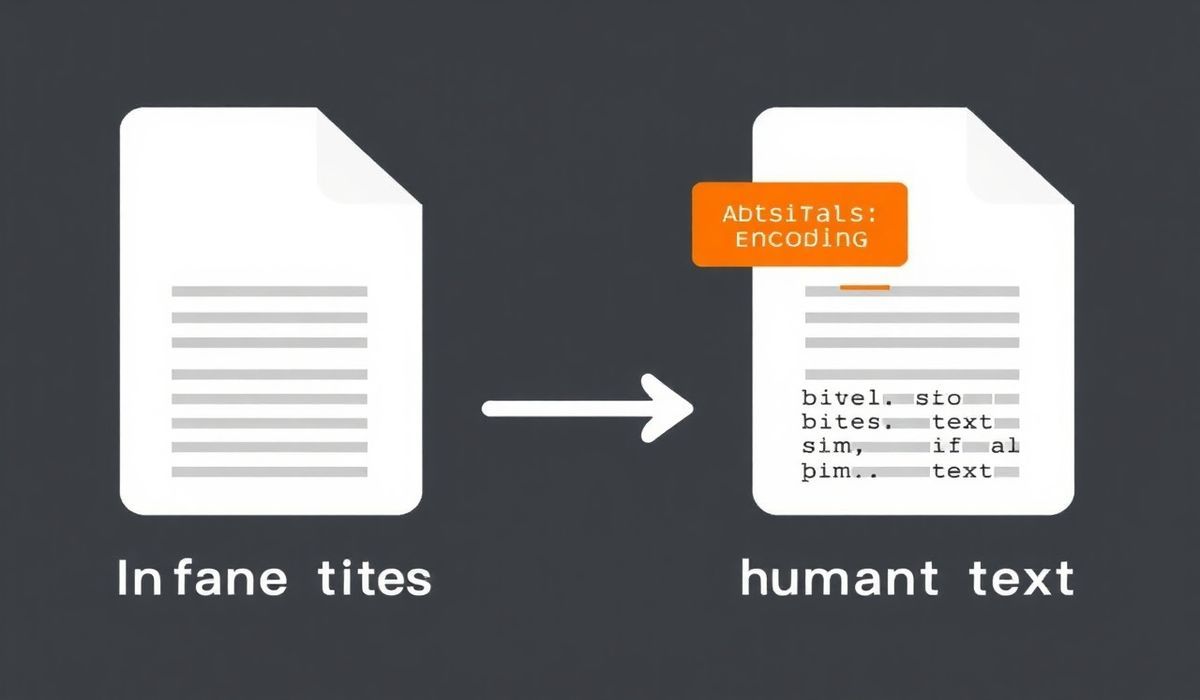Introduction to Redlock
Redlock is a distributed locking mechanism for Redis, developed to ensure that only one instance of the application can hold a lock at any given time, thus providing a mechanism to handle concurrency issues effectively. It offers a plethora of useful APIs to integrate with your application efficiently.
Key APIs and Their Usage
Here are some of the most useful Redlock APIs with examples:
1. Redlock Constructor
const Redlock = require('redlock');
const client = require('redis').createClient();
const redlock = new Redlock(
[client], {
driftFactor: 0.01, // time in ms
retryCount: 10,
retryDelay: 200
});
2. Acquiring a Lock
redlock.lock('locks:resource_name', 1000).then(function(lock) {
// Write your protected code here.
// At the end release the lock.
return lock.unlock()
.catch(function(err) {
console.error(err);
});
});
3. Extending a Lock
redlock.lock('locks:resource_name', 1000).then(function(lock) {
return lock.extend(1000)
.then(function() {
console.log('Lock has been extended.');
return lock.unlock();
}).catch(function(err) {
console.error(err);
});
});
4. Unlocking a Lock
redlock.lock('locks:resource_name', 1000).then(function(lock) {
return lock.unlock()
.then(function() {
console.log('Lock has been released.');
}).catch(function(err) {
console.error(err);
});
});
5. Handling Lock Failures
redlock.lock('locks:resource_name', 1000).then(function(lock) {
// perform action with the lock
return lock.unlock();
}).catch(function(err) {
console.error('Failed to acquire lock:', err);
});
Application Example
Let’s consider an application example that uses these APIs:
const Redlock = require('redlock');
const client = require('redis').createClient();
const redlock = new Redlock(
[client], {
driftFactor: 0.01,
retryCount: 10,
retryDelay: 200
});
async function processData() {
try {
const lock = await redlock.lock('locks:process_data', 5000);
// Perform data processing
console.log('Processing data...');
// Simulate data processing function
await new Promise(resolve => setTimeout(resolve, 3000));
await lock.unlock();
console.log('Processing complete.');
} catch (err) {
console.error('An error occurred:', err);
}
}
processData();
Conclusion
Redlock provides a robust and efficient way to handle distributed locking in your Redis-backed applications. Its wide range of APIs makes it versatile and suitable for various use cases where concurrency control is critical.
Hash: 74bac307325a43a5f47aeffdec6d900087438edca0c801744e15f6eb3eb548f9




